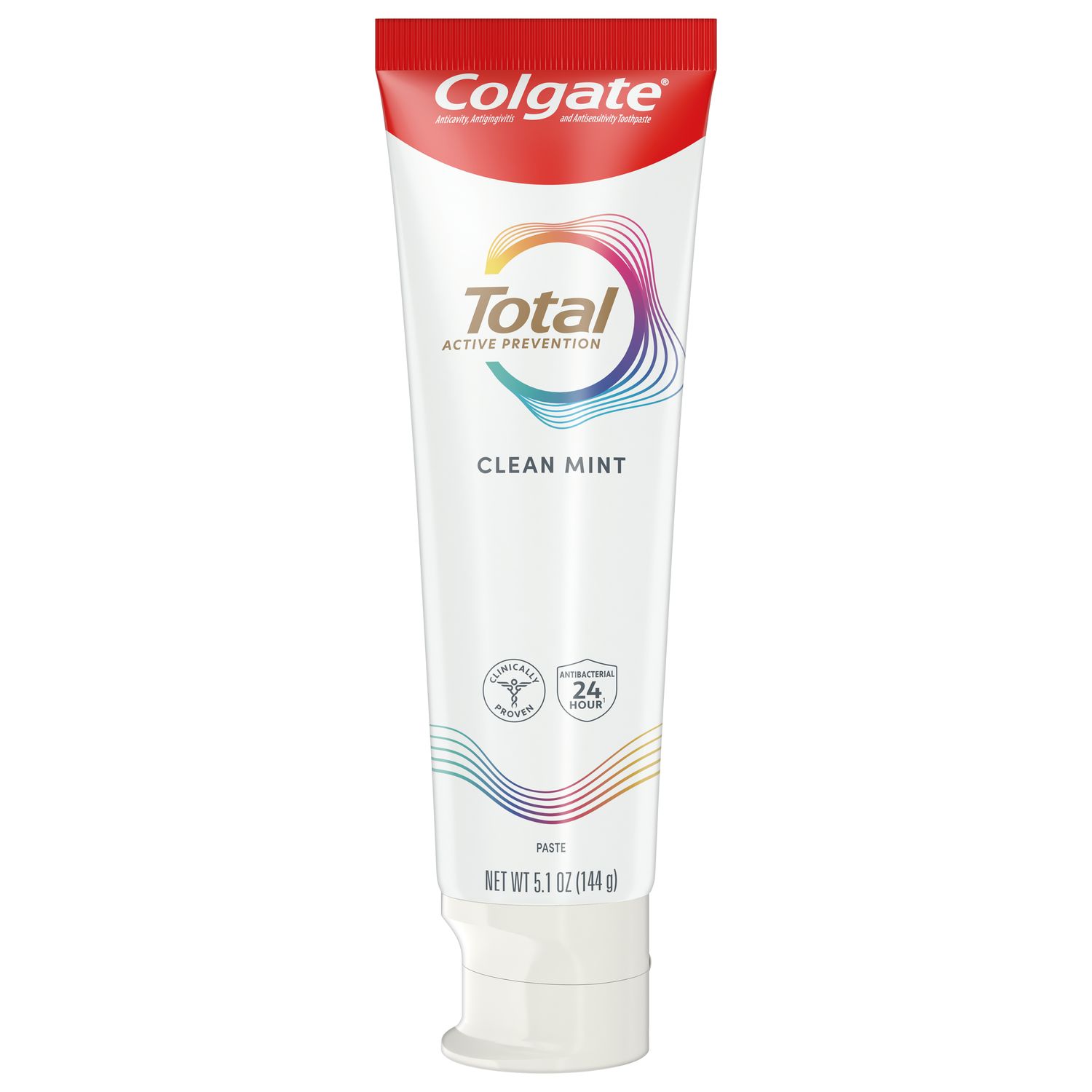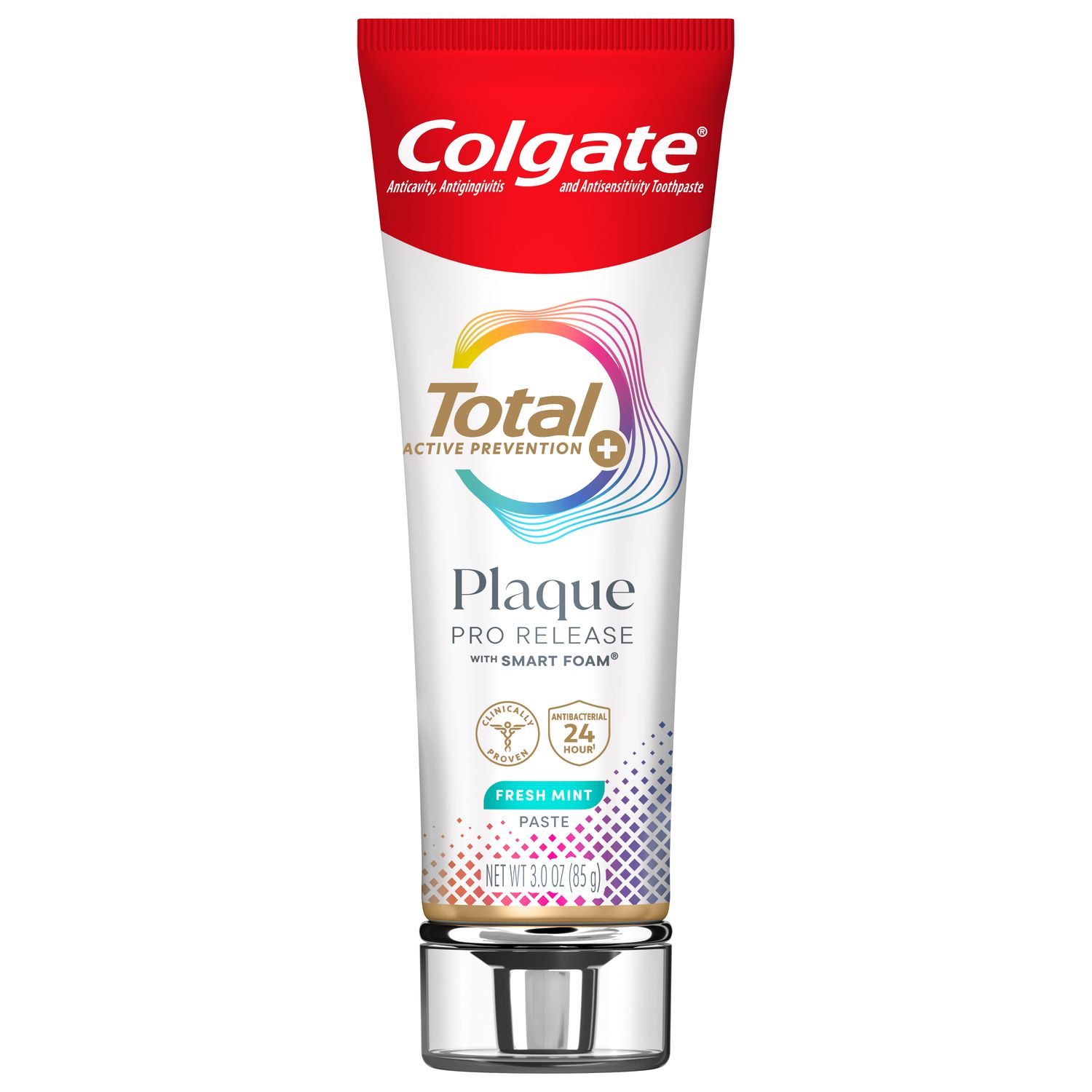
Botox injections are a well-known solution for cosmetic needs, but can also be an option for the treatment of certain orofacial conditions. There are many benefits to the use of Botox in dentistry, but also risks, that should be discussed with patients prior to them deciding to embark on Botox treatment.
What Is Botox?
Medical News Today notes that Botox is one of the botulinum toxin drugs derived from the bacterium Clostridium botulinum. This bacterium
may sound a little familiar since it is the same one that causes botulism, a rare but dangerous foodborne illness. The active, therapeutic neurotoxin is harvested, separated and purified in a lab to make it safe and effective for treatment.
How Does Botox Work?
Within a few hours of Botox being injected into a muscle, it attaches to the endings of the nerves that control the muscle. Over the next several days, the toxin works to block the transmission of nerve signals that cause muscle contractions. Botox only affects the nerves connected to motor neurons, without affecting the nerves connected to sensory neurons — the receptors you need to feel pain, touch and temperature, according to Khan Academy. Botox continues to block the nerve signals for three to four months. As the Botox wears off, the patient's signs and symptoms will return. Another dose can be administered, if desired.
Botox in Dentistry
As the use of Botox in dentistry becomes more popular, more research studies are being conducted to investigate its uses. According to a review published by the Journal of International Oral Health (JIOH), Botox has been used to correct parafunctional clenching, extracapsular myogenic temporomandibular disorder, trismus and the headaches that accompany these conditions.
Botox can be used in a dental office when it is part of a comprehensive treatment plan within a dental scope of practice and not as a stand-alone procedure. The dental professional must have received appropriate education and training prior to administering Botox. Regulations for Botox for dentists and dental hygienists vary across States, writes Dentox. It is important to check with your state licensing board for regulations and laws that govern whether, and if so how, you can use this drug in your office.
Side Effects of Botox
The Food and Drug Administration offers a warning for Botox based on the effects it can have if it is allowed to accidentally spread through the body. Spreading of the toxin systemically can cause urinary incontinence, muscle weakness, and dangerous breathing and swallowing difficulties.
Resistance to Botox is also possible over time after receiving repeated high doses. A different form of the toxin may then be needed in order to achieve the same results. It is important to explain these risks and benefits to patients, and to have a signed treatment plan and informed consent form completed, signed and dated prior to starting treatment.
Discussing Botox With Patients
As with any treatment, it is important to provide your patient with information about the product and procedure you are recommending. Dental professionals should discuss the risks, benefits, cost, number of appointments, and need for maintenance visits associated with Botox. The advantages you can communicate to your patients are that the drug has immediate results, there is no recovery time and the risk of complications is minimal. Disadvantages and potential risks must also be shared, including the important fact that there will be a need for repeat injections every three to four months and the cost associated with regular retreatment. Always be informed and open to discussion when it comes to alternative treatment plans if patients decide Botox is not affordable or not right for them.
Does Botox Belong in a Dental Office?
Botox is offered by many health care providers, including some who are not as highly trained in the maxillofacial area as dentists. Dentists are fully equipped for procedures far riskier than Botox. As with any procedure, proper training and education are required prior to safely and effectively providing Botox treatments to patients.
Takeaways
- Botox can be a great addition to a dental practice in order to meet patient needs.
- Botox can be used to treat many different medical conditions, as well as cosmetic needs.
- The dental use of Botox requires research and education for patients and dental professionals.
Why It's Important
Botox may be an alternative when other treatments have failed to work. Botox in dentistry may increase in popularity among dentists to help treat physical and cosmetic conditions. Discussing Botox with patients is important, as many patients don't know it may be a possibility to alleviate some dental concerns. Check out Colgate's webinar Botox: "A Wrinkle in Time" Current and Emerging Trends in Medical and Dental Uses for the Dental Practitioner if you'd like to learn more about Botox in dentistry.
Join us
Get resources, products and helpful information to give your patients a healthier future.
Join us
Get resources, products and helpful information to give your patients a healthier future.













